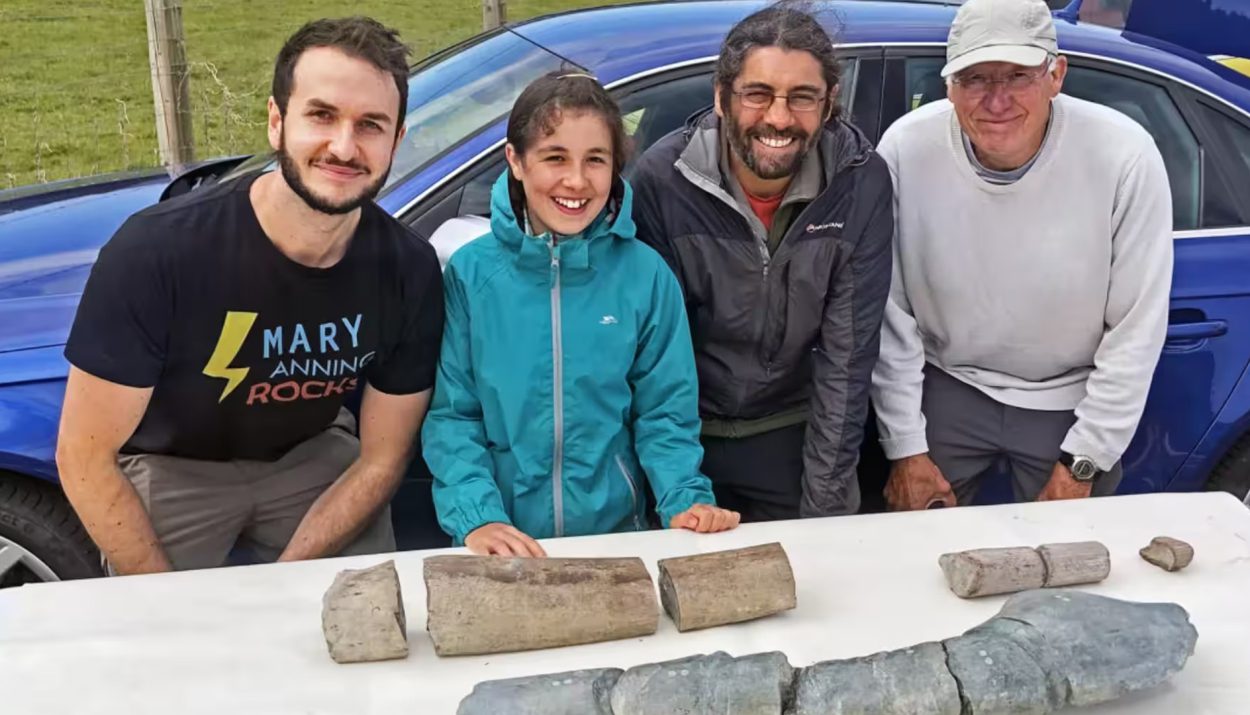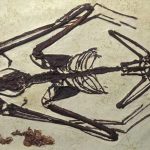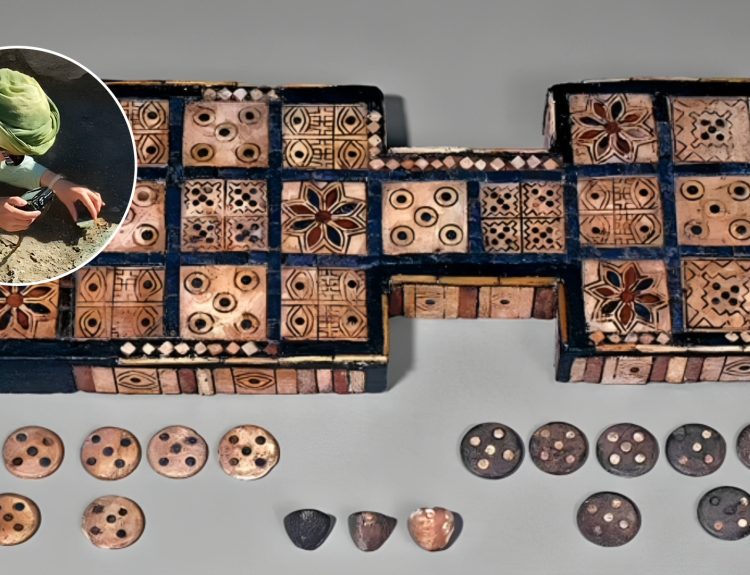Eleven-year-old Ruby Reynolds of Braunton, England, was doing some beachcombing with her dad, Justin, at Blue Anchor’s beach in Somerset in May 2020 when she eyed a fossilized bone. With her dad’s help, the young girl discovered several other bone fragments, including the massive jawbone of a long-extinct sea creature.
What the father-daughter duo didn’t realize at the time was that the bones belonged to a newly identified marine reptile, not just any marine reptile. It was the remains of an ichthyosaur, the largest known marine reptile to have ever lived.
England’s Rich Dinosaur Fossil Deposits
England’s southern coast lives up to its name, “the Jurassic Coast.” As early as the Victorian era, this site has yielded an abundance of fossils that date back millions of years, to the time when dinosaurs ruled the Earth.
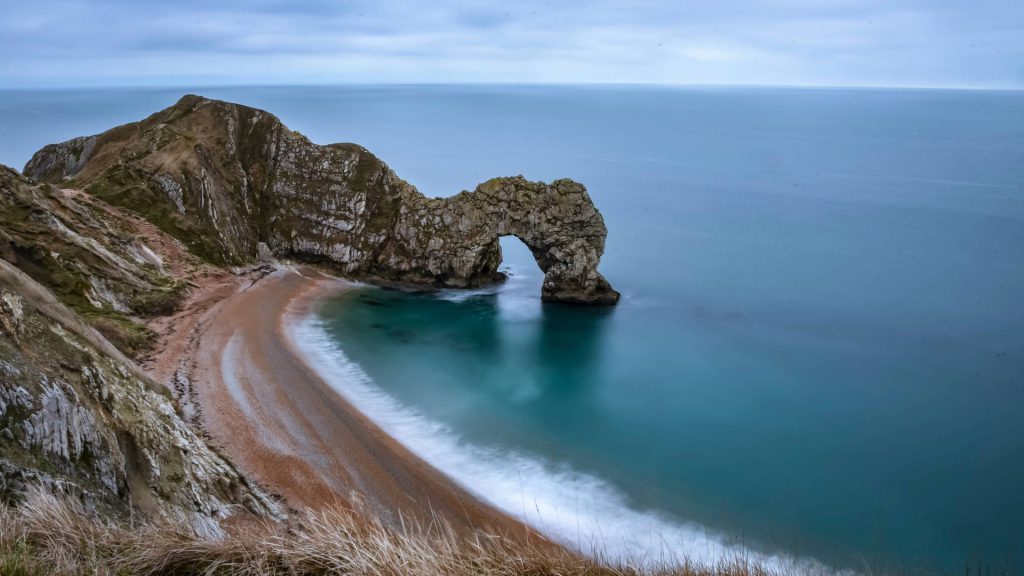
Fossilized remains of such dinosaurs as the Stegosaurus, the Megalosaurus, and Iguanodon Jurassic Coast have been unearthed. These finds helped establish the field of paleontology and aided in our early understanding of prehistoric creatures. The coastal areas still attract paleontologists and amateur fossil hunters, like Ruby Reynolds and her father.
Seeking an Expert Opinion
The Reynoldses did not know what kind of animal their fossils belonged to, but they believed their discovery was potentially significant. They decided to take their discovery to an expert.
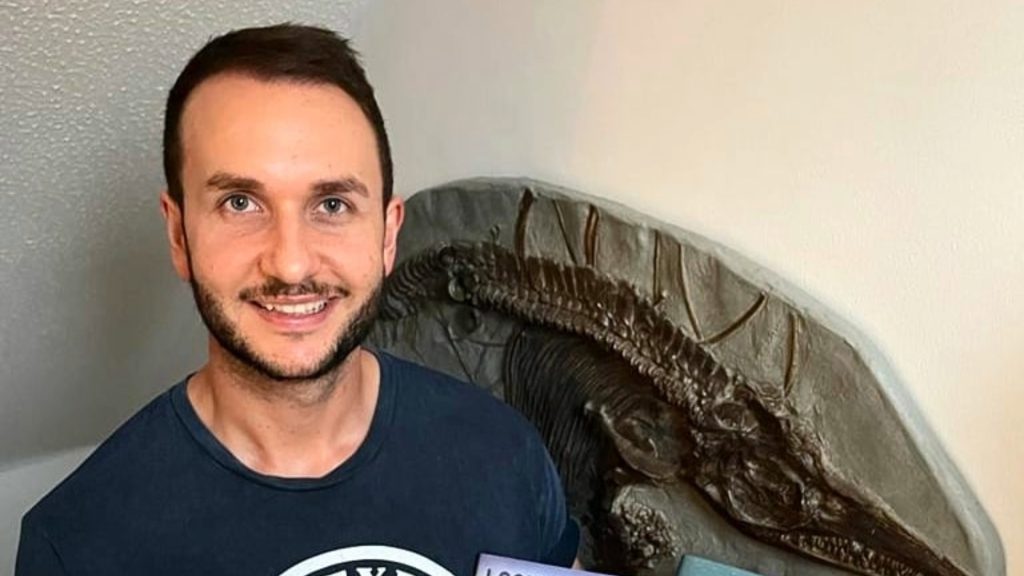
Dr. Dean Lomax is an expert in the study of ichthyosaurs. A paleontologist at the University of Manchester and a 1851 Research Fellow at the University of Bristol in the UK, he has experience identifying the fossil finds of southern England. In fact, he has identified and named several new species of ichthyosaurs.
Dr. Lomax Consulted a Friend and Fellow Fossil Expert
Dr. Lomax had seen a jawbone similar to the one Ruby Reynolds found. It was part of the collection of his friend and fellow fossil expert, Paul de la Salle. De la Salle found his jawbone in May 2016 along the coast of Lilstock.
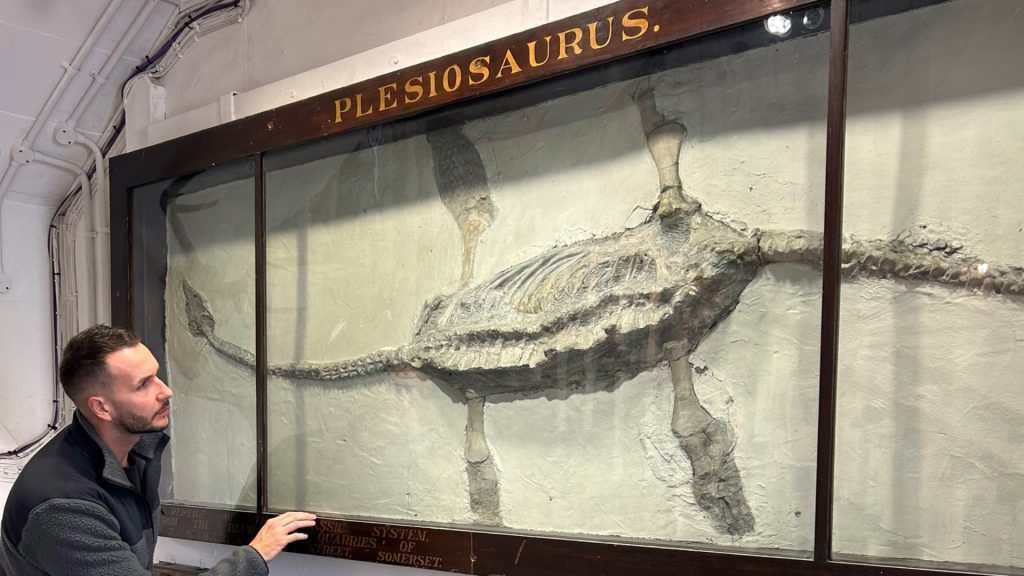
Lomax and De la Salle had even co-authored a report on the jawbone, which Lomax suspected belonged to an undiscovered species of ichthyosaur. Their report had concluded that more research and additional fossil evidence was needed to confirm their suspicions. Did Ruby Reynolds find the evidence they needed?
What Is an Ichthyosaur?
The ichthyosaurs were a group of marine reptiles that lived during the Triassic, Jurassic, and Cretaceous periods, which extended from about 250 to 90 million years ago. The name “ichthyosaur” comes from the Greek words meaning “fish lizard” in Greek. It was an appropriate name, as these animals resembled both fish and reptiles.
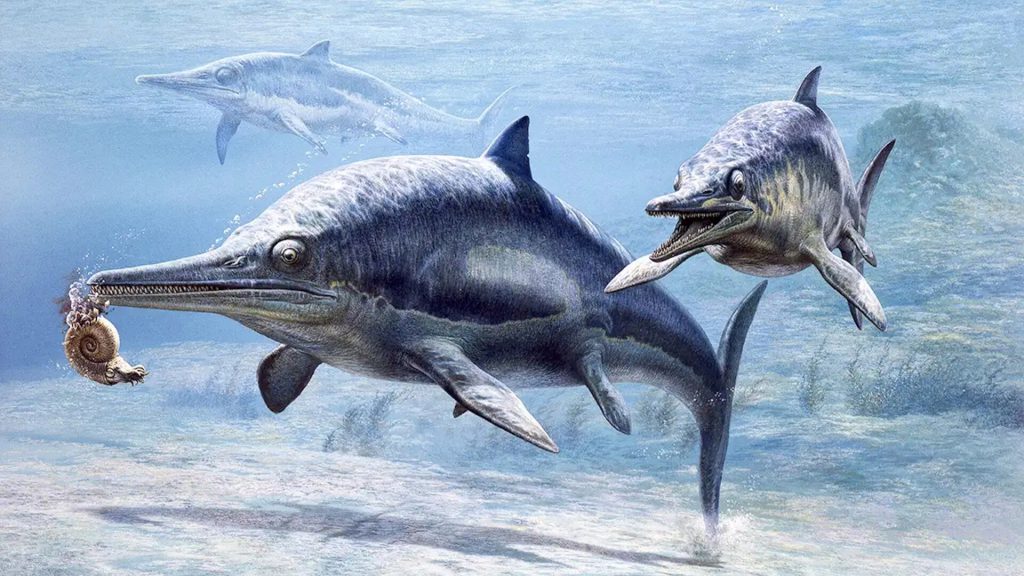
In fact, ichthyosaurs are not classified as dinosaurs. Instead, they were reptiles that evolved independently from dinosaurs. Ichthyosaurs looked like modern-day dolphins. Most species had long, slim bodies and powerful tails that made them fast, agile swimmers. Although ichthyosaurs went extinct approximately 95 million years ago, experts still consider them to be one of the most successful groups of marine reptiles to inhabit Earth’s oceans.
A Diverse Family of Marine Reptiles
Fossilized bones of prehistoric ichthyosaurs have been found around the world. These animals first appeared in the world’s oceans about 250 million years ago. Several different species evolved to suit their habitats. Some were the size of today’s dolphins while others grew very large.
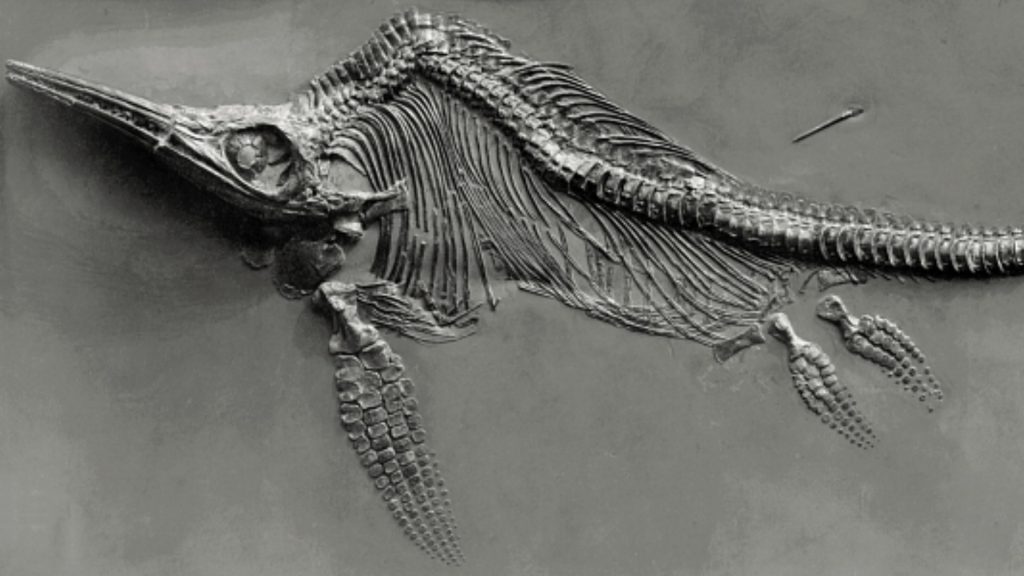
The largest ichthyosaur species died out about 200 million years ago during an ocean acidification event. The surviving species were much smaller. They never again evolved to massive sizes. The entire family of ichthyosaurs disappeared about 94 million years ago.
Returning to the Scene
Dr. Lomax and De la Salle were so intrigued by the fossilized jawbone that Ruby Reynolds found that they asked the Reynoldses to return to Blue Anchor. There, they were joined by an excavation team ready to search for more fossils.
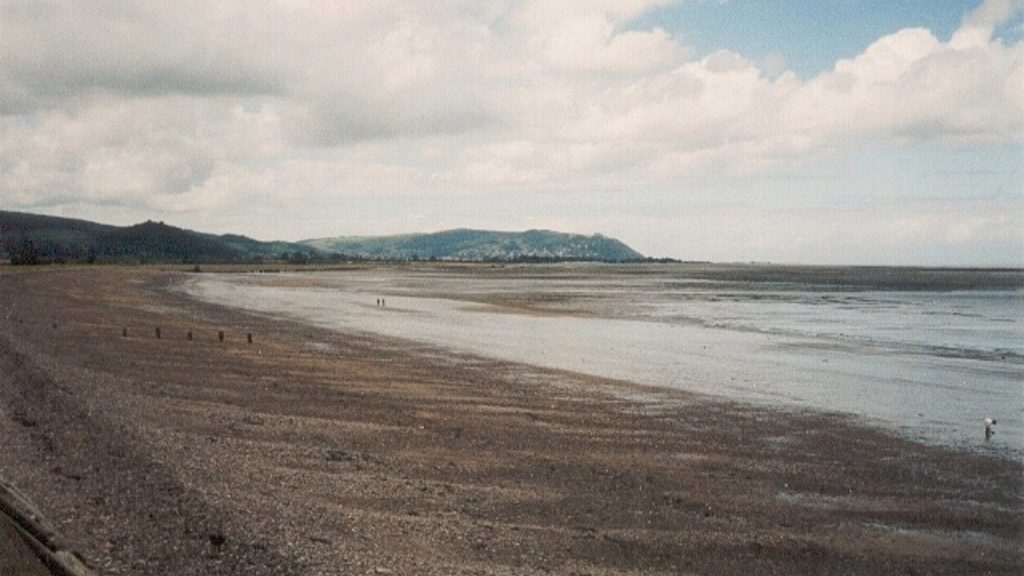
And they were successful. The excavation team located more bone fragments. To their delight, they all fit together to form complete bones. The jawbone of the ichthyosaur told Dr. Lomax that the animal lived about 202 million years ago and was very, very large.
Bigger Than a Blue Whale?
The blue whale, which can grow up to 110 feet long, is the largest known animal in the history of the planet. It is possible, however, that this recently discovered ichthyosaur may have been just as big, if not bigger. The jawbone … the animal’s curved lower jaw … is more than six and a half feet long.
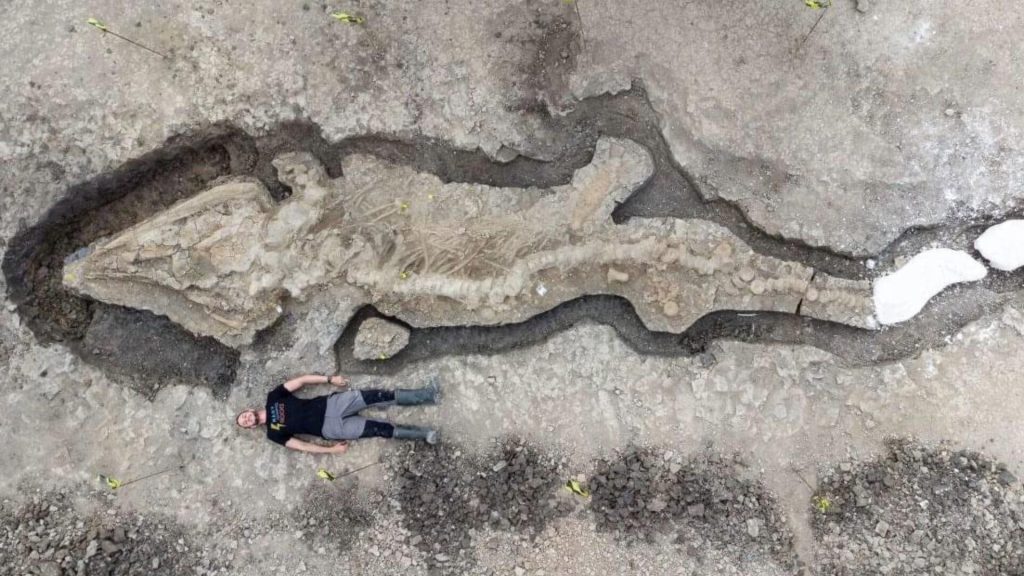
According to Marcello Perillo, a graduate student in evolutionary paleobiology at Germany’s University of Bonn and coauthor of the report, an analysis of the jawbone revealed that the animal had not yet reached adulthood, meaning it was still growing. An adult of this species may have been bigger than a blue whale.
Ichthyotitan severnensis
The newly discovered prehistoric marine reptile was given the scientific name Ichthyotitan severnensis. In Latin, that translates to “giant fish lizard of the Severn.” As Justin Reynolds stated, “When Ruby and I found the first two pieces, we were very excited as we realized that this was something important and unusual.”
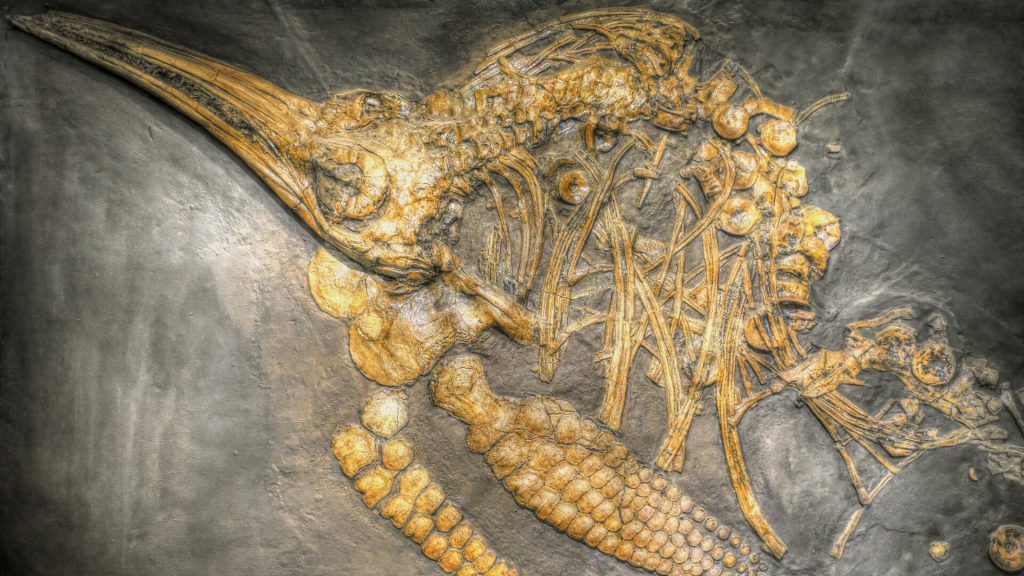
He continued, “When I found the back part of the jaw, I was thrilled because that is one of the defining parts of Paul’s earlier discovery.” De la Salle was just as thrilled. “To think that my discovery in 2016 would spark so much interest in these enormous creatures fills me with joy,” he said.
Confirming the Earlier Find
The fossilized jawbone that Ruby Reynolds located was a better-preserved, more intact specimen than the one that De la Salle had discovered a few years earlier. De la Salle said, “When I found the first jawbone, I knew it was something special. To have a second that confirms our findings is incredible. I am overjoyed.”
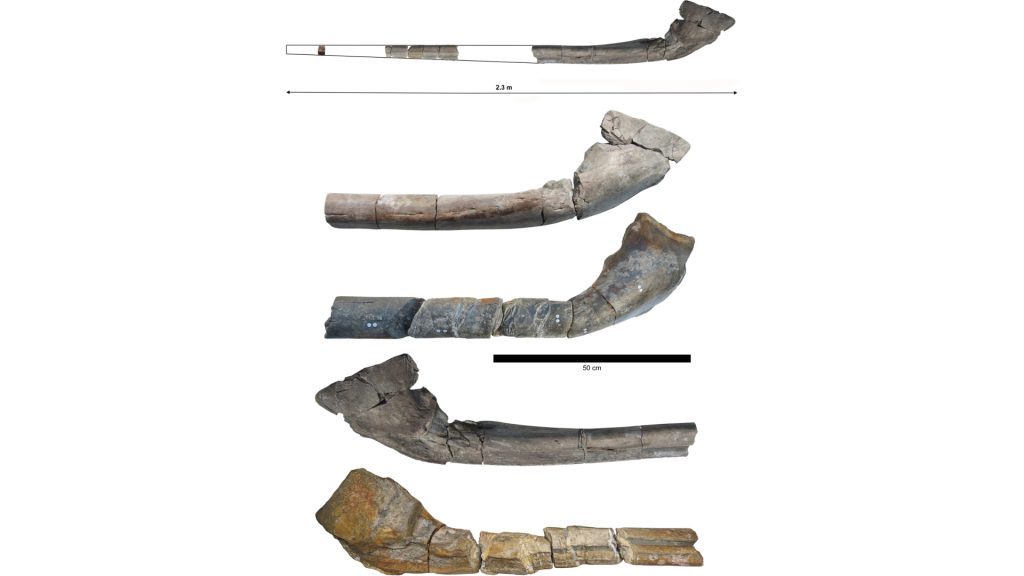
Dr. Lomax added, “In 2018, my team (including Paul de la Salle) studied and described Paul’s giant jawbone and we had hoped that one day another would come to light. This new specimen is more complete, better preserved, and shows that we now have two of these giant bones that have a unique shape and structure. I became very excited, to say the least.”
Gaining an Understanding of Ancient Ecosystems
Perillo said that by studying the fossils of long-extinct sea creatures, “we can understand how evolutionary laws shaped life, what led life to be what it is now,” he said. This is vital to gaining information about ancient ocean ecosystems and the animals that filled the food chains.
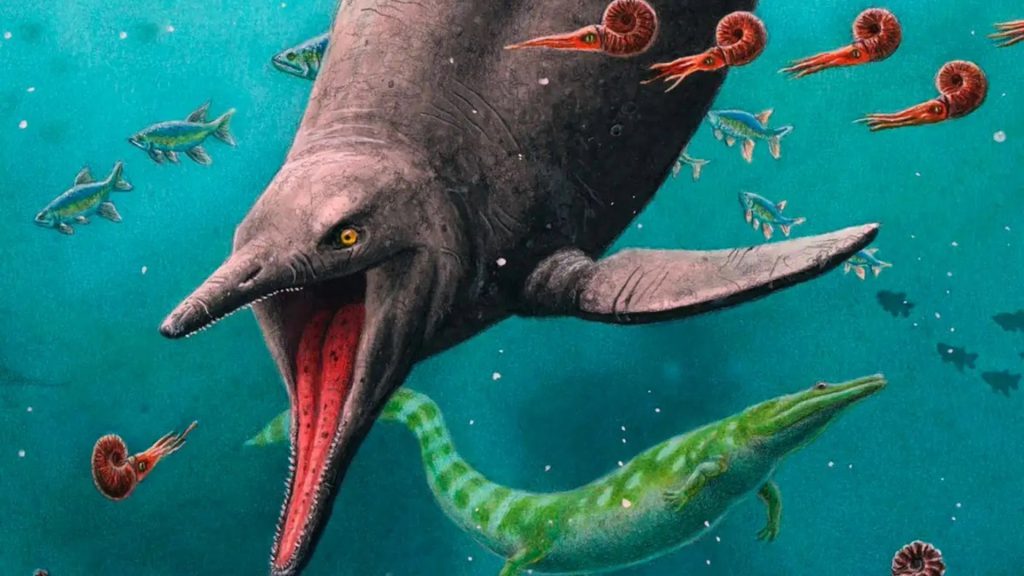
“We can understand how changes in the environment recoil on ecological communities and predict future ecological developments in our current environment,” he added. So much about these giants is still shrouded by mystery, but one fossil at a time we will be able to unravel their secret.”
Is Ruby Reynolds the New Mary Anning?
Ruby Reynolds’s impressive discovery of this previously unknown species of ichthyosaur had naturally led to comparisons between her and Mary Anning. Anning, who lived from 1799 to 1847 and hailed from Lyme Regis, was just 12 years old when she and her older brother discovered the first ichthyosaur fossils.
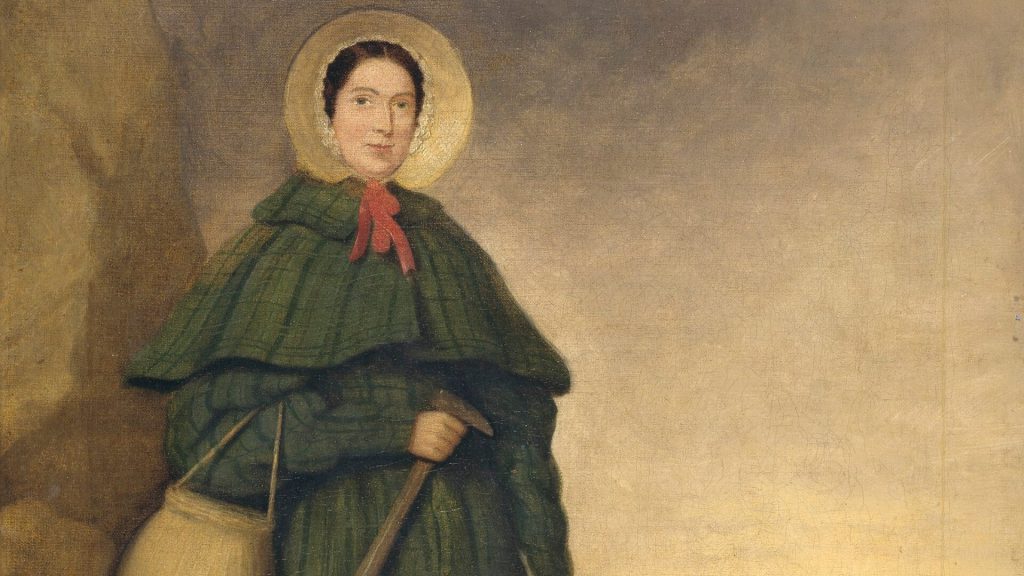
The Anning children supplemented their family’s meager income by finding and selling interesting fossils to curious collectors. In fact, the tongue-twister, “She Sells Seashells by the Seashore,” was written about Mary Anning.
The First Paleontologist?
Although she lacked a formal education, Mary Anning was a keen observer who learned how to identify the fossils she found. Her discoveries were made before the word “dinosaur” was even coined. In many ways, she was the world’s first paleontologist.
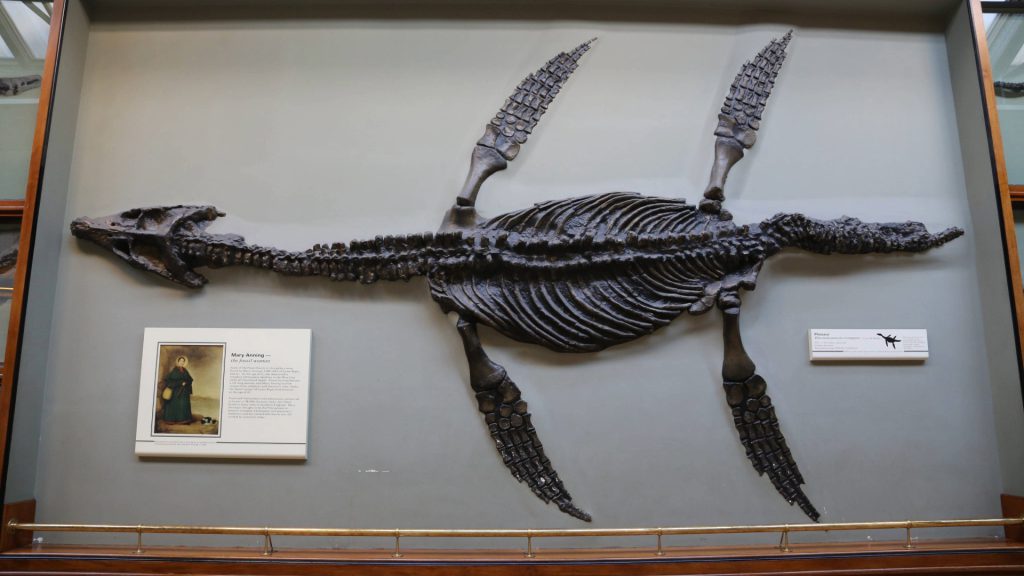
Sadly, Mary Anning lived at a time when the scientific community downplayed the contributions of women. Her discoveries of ichthyosaur fossils were credited to others – well-to-do men – and her name was relegated to a footnote in science books until well after her death.
Channeling Her Inner Paleontologist
Dr. Lomax called Ruby Reynolds “a Mary Anning in the making.” He noted that “not only did she find this important fossil but also helped to name a type of gigantic prehistoric reptile. There are probably not many 15-year-olds who can say that!”

“But, whether or not Ruby goes down the path of paleontology or science, the important thing is that she and Justin and Paul have contributed immensely to paleontology and our understanding of the ancient world,” he added.
Paleontology Is an Accessible Science
According to Ruby Reynolds, “It was so cool to discover part of this gigantic ichthyosaur. I am very proud to have played a part in a scientific discovery like this.”
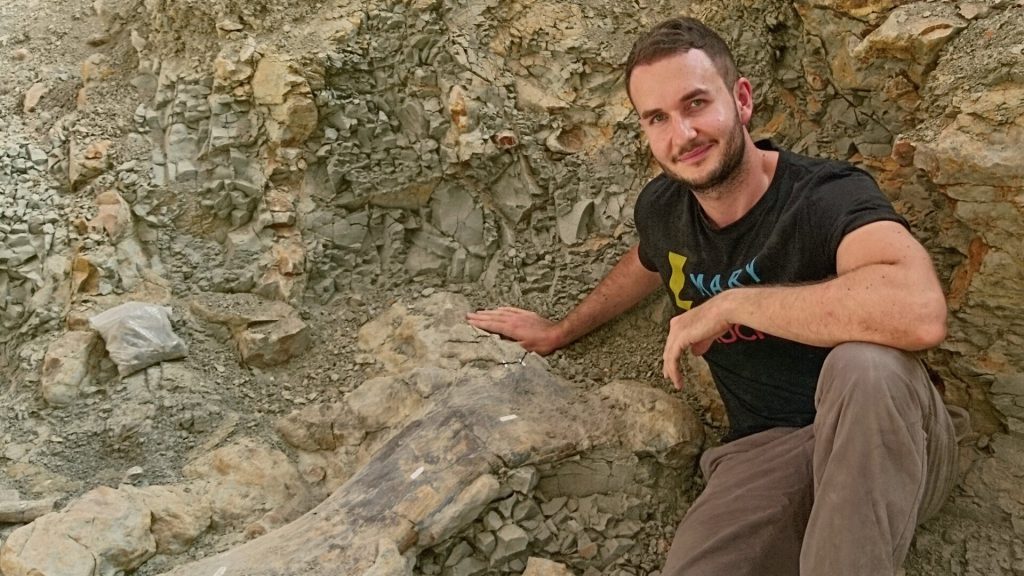
For Lomax, the fact that a young girl made this important discovery is proof that paleontology is an accessible science. He enjoys working with amateur fossil hunters. He believes anyone can make a significant contribution to paleontology.

